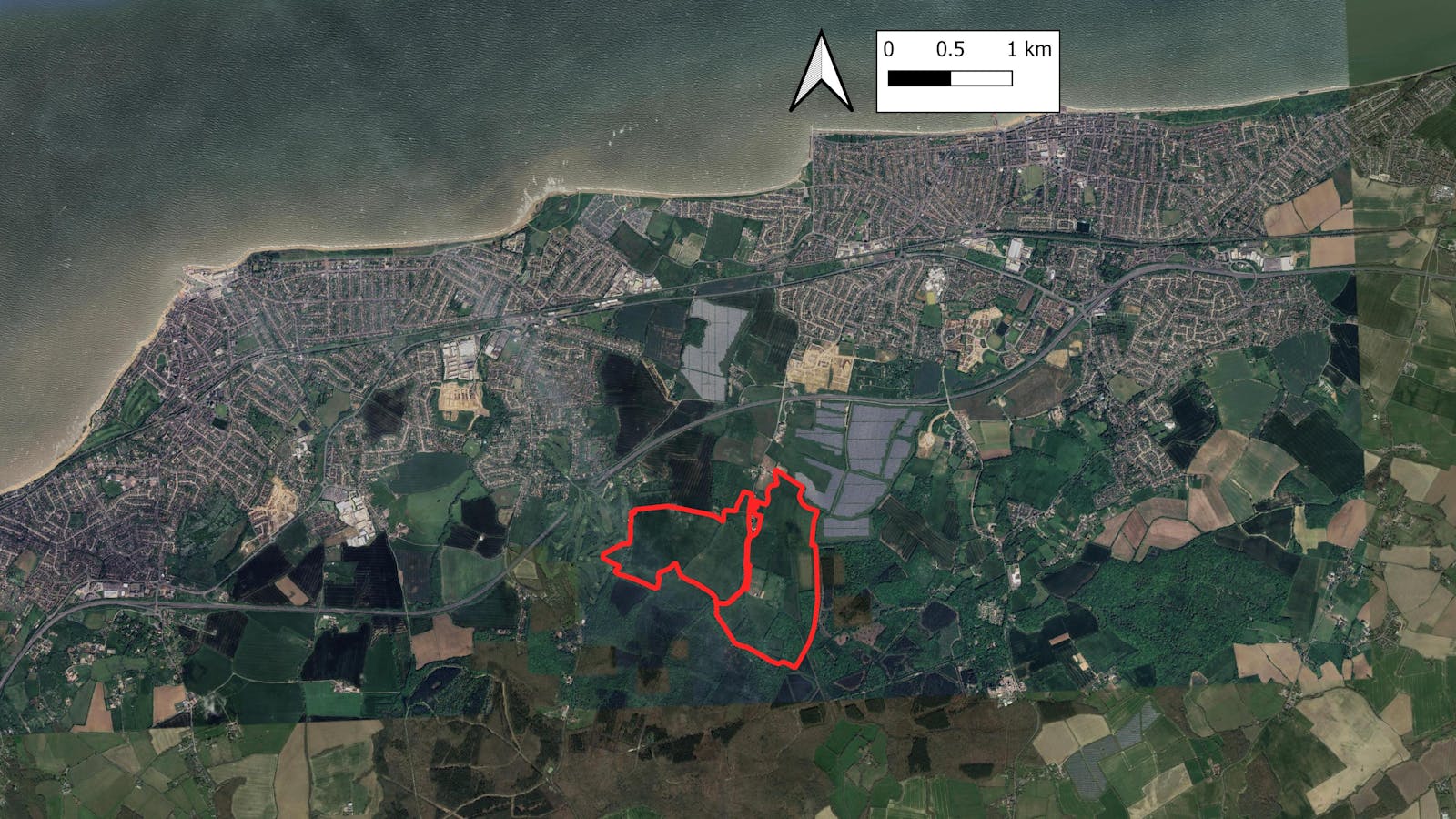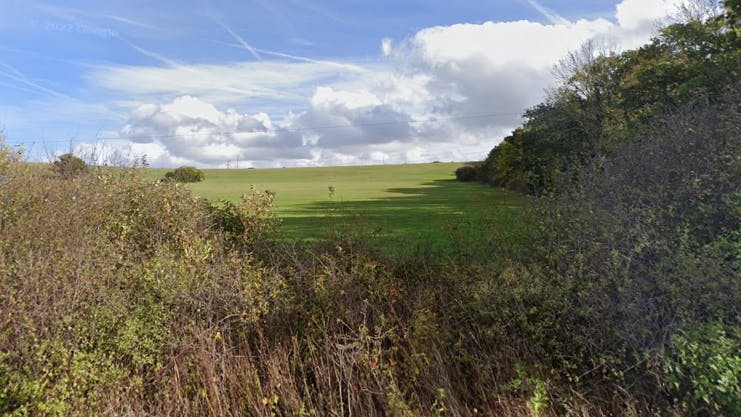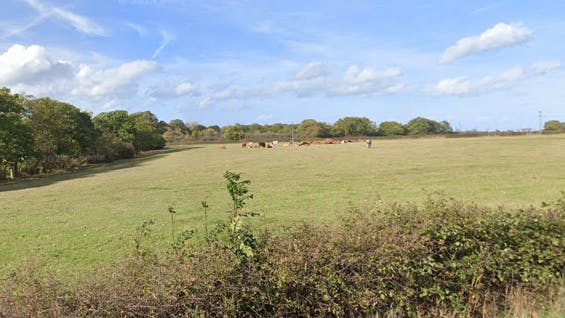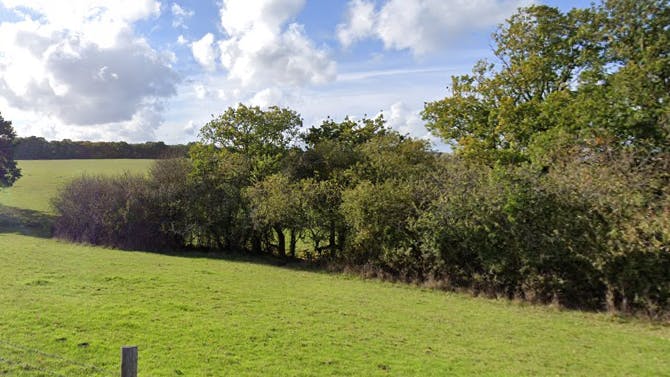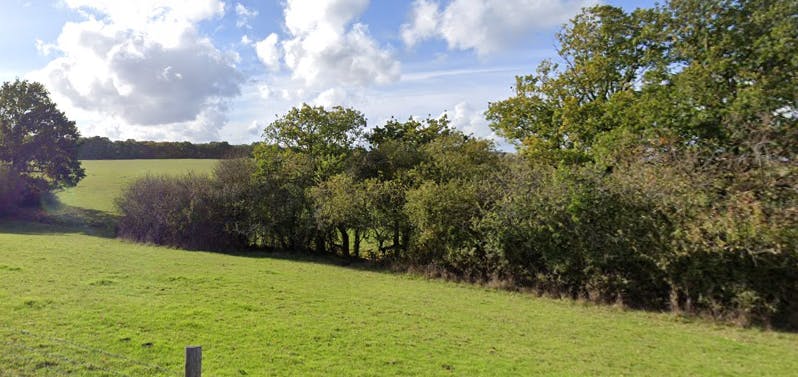
Frog Island Farm - prospective units BNG proposed offset site
Local Planning Authority (LPA): Canterbury
National Character Area (NCA): North Kent Plain
OS grid ref: TR 15083 64778
Postcode: CT6 7NU
What3words: ///stores.herbs.active
Proposed Habitat units available
A total of 312.164 habitat units and 24.961 hedgerow units are proposed from the following habitat types:
Grassland
Other neutral grassland (Medium distinctiveness) - 261.114 units
Heathland and Shrub
Mixed scrub (Medium distinctiveness) - 30.576 units
Woodland
Lowland mixed deciduous woodland (High distinctiveness) - 7.744 units
Other woodland; broadleaved (Medium distinctiveness) - 10.41 units
Ponds and Lakes
Ponds (priority habitat) (High distinctiveness) - 2.089 units
Hedgerow
Line of trees - 0.847 units
Species-rich native hedgerow - 24.114 units
Site description
Frog Island Farm is a large 140 ha site located about 5 km north of Canterbury, just south of the seaside towns of Whitstable and Herne Bay.
It is directly adjacent to West Blean and Thornden Woods, which is the SSSI Ancient Woodland.
The landowner is keen to help buffer and enhance the SSSI with their land by converting their species-poor modified grassland fields into a mosaic of woodland, scrub, and ponds with new species-rich hedgerows criss-crossing the site.
Frog Island farm is ideally positioned to help support the conservation outcomes for a variety of species. Woodland edge habitat such as this is important for tree pipits, which perform parachuting mating displays in open spaces and landing in trees, while the nocturnal nightjars hawk for insects in open spaces at night, while camouflaging amongst scrubby ground cover during the day. Meanwhile, nightingale perch in the cover of dense scrub to perform their iconic lilting musical song.
The site also contains the Local Wildlife Site Thornden Pasture and Crow Park, which contains a mixture of pasture, scrub, and woodland Shaw habitats that have been designated due to their potential for restoration. The combination of trees, scrub and grasses provides considerable interest for birds, invertebrates and small mammals, while the areas already in the process of reverting to woodland are ideal habitat for reptiles. The proposals in this project have been designed to enhance the features in the LWS.
These BNG units are based on a desktop exercise. A full site survey would need to be undertaken to determine the current habitats on site to validate the current units/uplift.

Habitat Transitions


Site Photos
